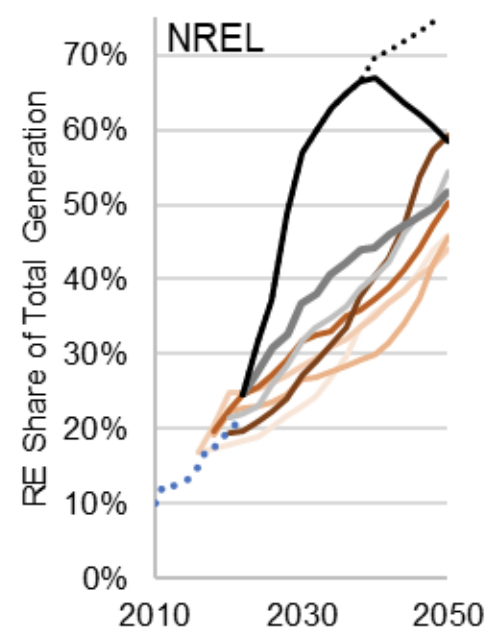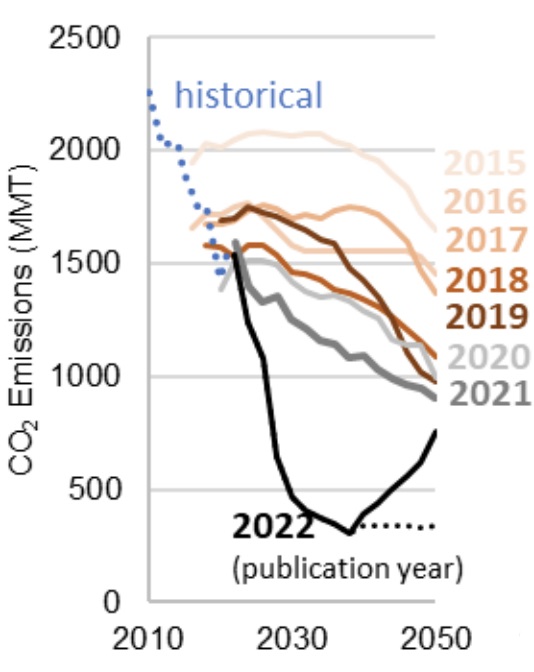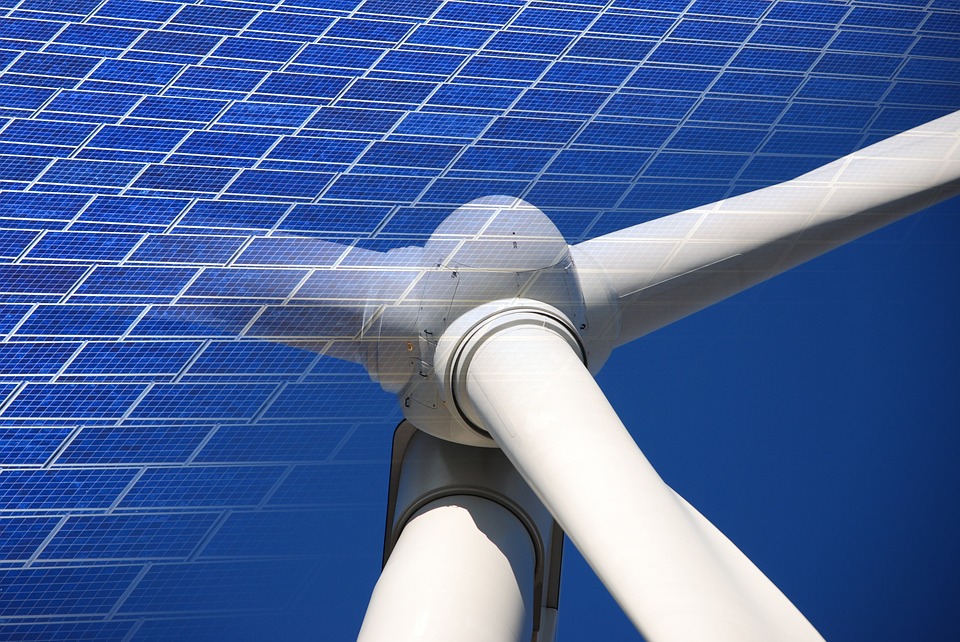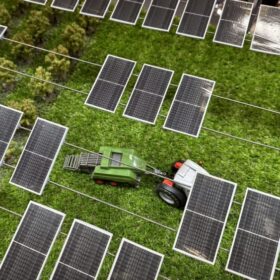A National Renewable Energy Laboratory (NREL) study projects that solar and wind generation combined would approach 70% by 2035, in a lowest-cost grid.
Inflation Reduction Act (IRA) incentives will drive an increased pace of renewable deployment, NREL projects, as shown by the black line at the top of the nearby image. Other lines in the image show NREL’s projections from prior years, when there were no IRA incentives.

NREL also projects that through 2035, fossil generation will decline, nuclear generation will remain the same, carbon capture and storage (CCS) will be deployed at some natural gas units, and seasonal storage of renewable power will not be deployed.
These results reflect NREL’s mid-case scenario, which assumed central values for technology costs and fuel prices, demand growth of 1.3% per year, current state and federal policies, no high-voltage direct current transmission, the option to deploy some “nascent” technologies such as CCS, and “default” resource constraints.
NREL developed 70 scenarios overall, by varying projected technology and fuel prices, resource availability, demand growth due to electrification, the use of nascent generation technologies, and whether a national decarbonization constraint is instituted.
NREL presents its mid-case projections in a report, and presents all 70 scenarios through an online scenario viewer. NREL added that its recent study on reaching 100% clean electricity by 2035 considers additional technologies that could be deployed.
NREL projects that expiration of IRA tax credits sometime in the 2030s would result in a decline in the renewable share of generation from that time onward, as shown in the image above, and that electricity sector carbon dioxide emissions would consequently increase, as shown in the nearby image. “These reversals” would not occur, NREL projects, if decarbonization trajectories were enacted under new policies when the tax credits expire.

The study also evaluated renewable curtailment, projecting it will decline from the current level of nearly 10%, and will stay lower than 10% in nearly all scenarios.
The report includes cost projections for small modular reactors, and for CCS retrofits of fossil generating units.
NREL will present a webinar on the study on January 10. The report is titled “2022 Standard Scenarios Report: A U.S. Electricity Sector Outlook.”
This content is protected by copyright and may not be reused. If you want to cooperate with us and would like to reuse some of our content, please contact: editors@pv-magazine.com.








Better make sure we maintain fossil fuel and nuclear capacity for prolonged adverse weather events when wind doesn’t blow and dark skies make for lots of dead batteries.
Coulda Shoulda won’t cut it.